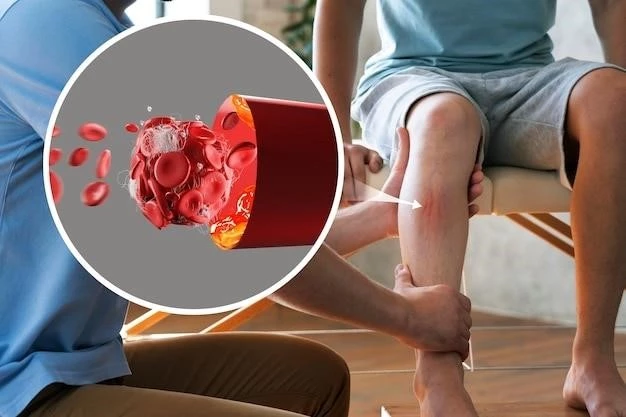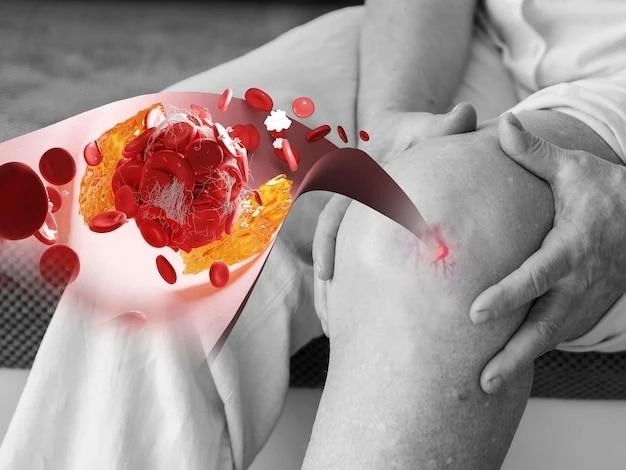Causes of Arthrogryposis Multiplex Congenita
Arthrogryposis Multiplex Congenita can be caused by various factors, including genetic mutations and intrauterine environmental factors․
Genetic Factors
Genetic factors play a crucial role in the development of Arthrogryposis Multiplex Congenita․ Mutations in genes responsible for muscle development, neuromuscular function, and connective tissue formation can contribute to the condition․ Inheritance patterns may be autosomal recessive, autosomal dominant, X-linked, or multifactorial, leading to a diverse range of genetic abnormalities that manifest as Arthrogryposis Multiplex Congenita․ Understanding the specific genetic etiology of each case is essential for accurate diagnosis, genetic counseling, and potential targeted therapies․
Management of Pulmonary Hypoplasia in Infants
Management of Pulmonary Hypoplasia in infants involves a multidisciplinary approach to provide optimal respiratory support and address associated complications to improve outcomes․
Respiratory Support
Respiratory support is essential in managing Pulmonary Hypoplasia in infants․ Interventions may include mechanical ventilation, continuous positive airway pressure (CPAP), supplemental oxygen therapy, and surfactant administration․ Close monitoring of respiratory status, oxygen saturation levels, and lung function is crucial․ Careful coordination between neonatologists, pulmonologists, and respiratory therapists is key to ensuring tailored and effective respiratory support for infants with Pulmonary Hypoplasia․
Surgical Interventions for Arthrogryposis Multiplex Congenita
Surgical interventions for Arthrogryposis Multiplex Congenita aim to address musculoskeletal deformities and improve joint mobility․ Procedures such as tendon transfers, joint releases, and osteotomies may be performed to enhance function and correct contractures․ Surgeons specializing in pediatric orthopedics collaborate with rehabilitation specialists to develop comprehensive treatment plans tailored to each patient’s unique needs․ The goal of surgery is to optimize mobility, enhance quality of life, and promote independence in individuals with Arthrogryposis Multiplex Congenita․
Respiratory Support for Pulmonary Hypoplasia
Respiratory support for Pulmonary Hypoplasia involves a range of interventions aimed at optimizing lung function and ensuring adequate oxygenation․ Strategies may include mechanical ventilation, high-frequency oscillatory ventilation, nitric oxide therapy, and extracorporeal membrane oxygenation (ECMO) in severe cases․ Close monitoring of respiratory parameters, regular assessments, and adjustments to ventilator settings are essential components of managing Pulmonary Hypoplasia․ Collaboration between neonatologists, pulmonologists, and respiratory therapists is crucial for providing comprehensive and individualized respiratory care․
Physical Therapy for Arthrogryposis Multiplex Congenita Patients
Physical therapy plays a crucial role in the management of Arthrogryposis Multiplex Congenita by focusing on improving mobility, strengthening muscles, and enhancing functional abilities․ Therapists utilize a variety of techniques such as stretching exercises, range of motion exercises, splinting, and assistive devices to support patients in achieving optimal physical function․ Customized treatment plans are designed to address individual needs and promote independence․ Collaborative efforts between physical therapists, occupational therapists, and other healthcare professionals are essential in providing holistic care for individuals with Arthrogryposis Multiplex Congenita․

Prognosis of Arthrogryposis Multiplex Congenita with Pulmonary Hypoplasia
The prognosis of individuals with Arthrogryposis Multiplex Congenita complicated by Pulmonary Hypoplasia varies based on the severity of musculoskeletal involvement and respiratory compromise․ Early intervention, multidisciplinary care, and ongoing support can improve outcomes and quality of life․ While some patients may face challenges related to mobility and respiratory function, advancements in medical treatment and rehabilitation offer hope for enhanced prognosis․ Close monitoring, regular follow-ups, and individualized care plans can optimize long-term outcomes for individuals living with Arthrogryposis Multiplex Congenita and Pulmonary Hypoplasia․
Genetic Factors in Arthrogryposis Multiplex Congenita
Arthrogryposis Multiplex Congenita is influenced by various genetic factors that impact muscle development and neuromuscular function, contributing to the condition’s complex etiology․
Research Advances in Treating Pulmonary Hypoplasia
Ongoing research efforts in treating Pulmonary Hypoplasia focus on developing novel therapeutic approaches, including gene therapy, regenerative medicine, and lung tissue engineering․ Emerging technologies and innovative treatments aim to enhance lung development and function in infants with Pulmonary Hypoplasia, offering promise for improved respiratory outcomes․ Collaborative studies between researchers, clinicians, and scientists are pivotal in advancing the field and discovering effective strategies to address this challenging condition․
